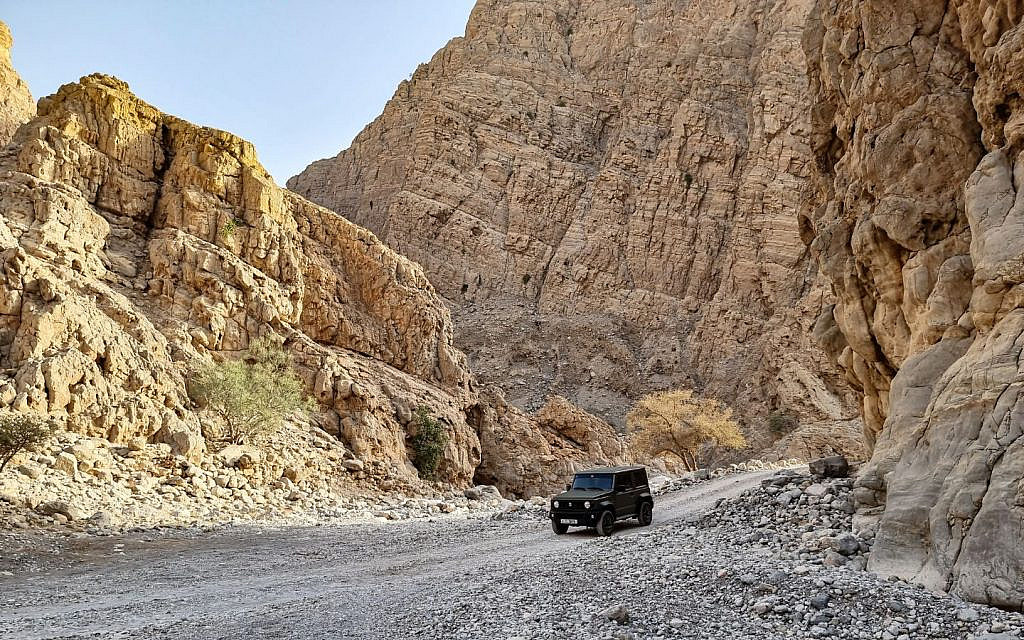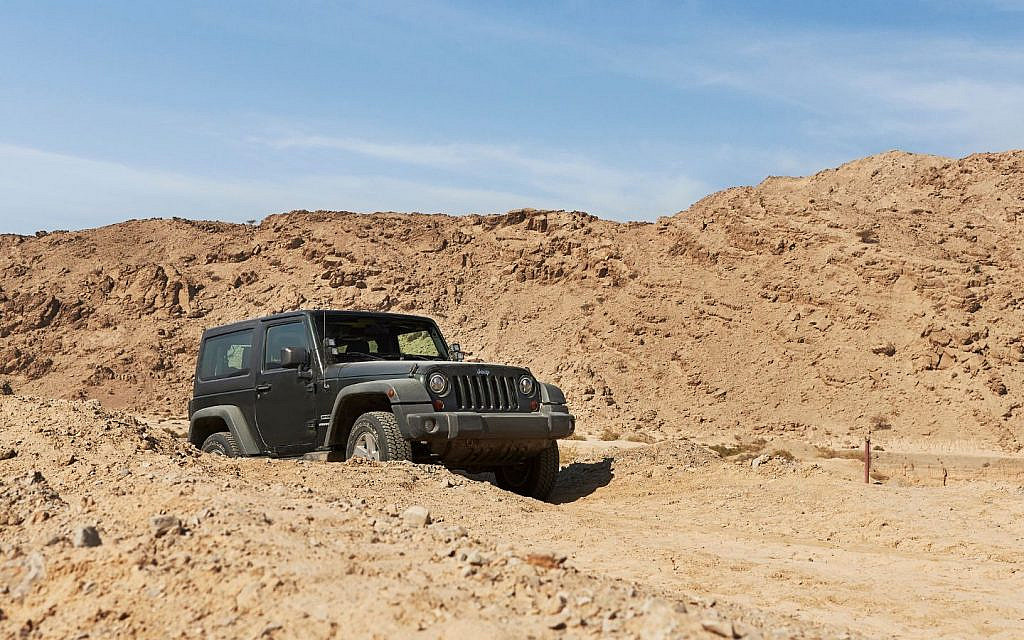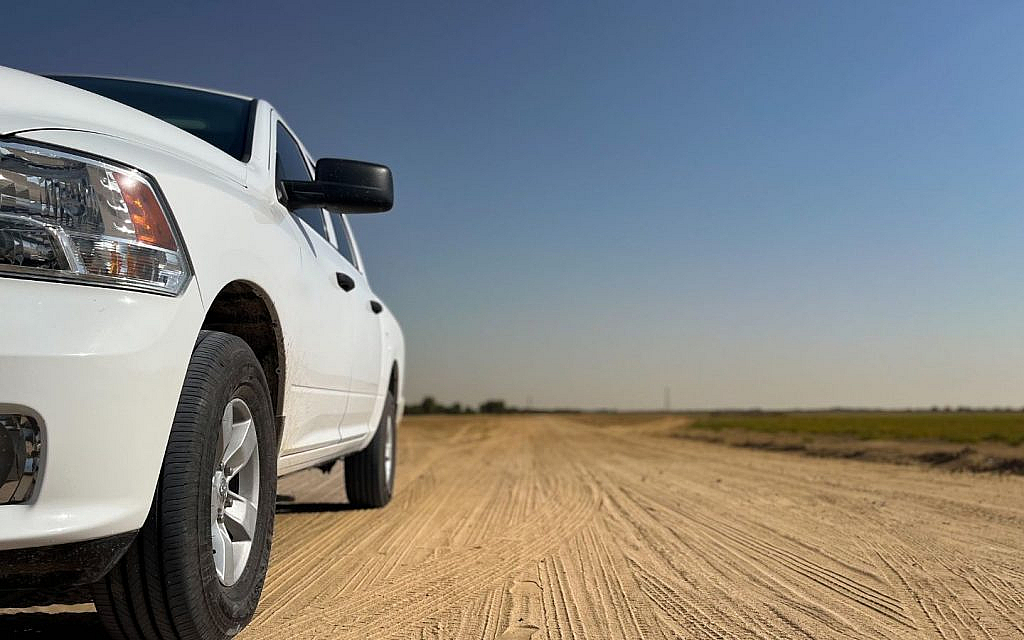All About Driving Safely on Gravel Roads
Driving on gravel roads presents unique challenges compared to paved surfaces. Gravel roads are prone to loose stones, dust, potholes and unexpected obstacles, making them riskier if you’re unprepared. But with the right techniques and a few practical tips for driving on gravel roads, you can navigate gravel roads with confidence and safety.
Essential Tips for Safe Driving on Gravel Roads
Whether you’re a novice to gravel roads or a seasoned driver, here are all the details to help you stay safe and maintain control on these unpredictable paths.
Slow Down and Drive at a Safe Speed
When driving on gravel or dirt roads you must drive at a safe speed. Gravel roads provide less traction than paved surfaces. This makes it difficult to stop or change direction quickly. Loose gravel can easily shift, increasing the likelihood of skidding.
- Tip: Reduce your speed, especially when entering a gravel road. Keeping your speed between 40-65 km/h can significantly improve control. Slower speeds also reduce the risk of throwing stones that could damage other vehicles or your own.
Increase Following Distance

Gravel roads generate more dust, which can obscure visibility. Also, loose gravel can fly up and damage your car or a vehicle following too closely.
- Tip: Maintain at least a 4-6 second following distance to give yourself more time to react. This extra space also minimises the risk of dust obstructing your view.
Be Mindful of Loose Gravel on the Surface
Loose gravel acts differently from packed dirt or pavement. It reduces the tyre’s grip and makes your vehicle more susceptible to sliding.
- Tip: Avoid sudden movements. When you need to turn or brake, do so slowly and gradually. Accelerate gently, especially if your wheels are still on loose gravel, to prevent slipping.
Use a Lower Gear and Avoid Overusing the Brakes
Lower gears give you more control at lower speeds and help your engine handle the shifting traction of gravel without relying solely on brakes. Moreover, make sure you have the necessary off-road modifications in place to make the journey more adventurous.
- Tip: When descending on gravel, shift to a lower gear rather than depending on your brakes. This provides greater stability and minimises the risk of skidding. If you need to stop, use gentle, steady pressure on the brakes.
Stay in the Center of the Road (When Possible)
Gravel roads can have uneven edges that are softer, potentially causing your vehicle to drift or pull unexpectedly if one set of wheels dips off the main road surface.
- Tip: Keep your vehicle in the centre of the road to avoid uneven or soft edges. This is especially important in narrow, single-lane sections of gravel roads. If a car approaches, slow down and pull to the side safely, maintaining control.
Anticipate the Road’s Curves and Hills

Gravel roads are often less predictable, with curves and hills that can be tricky due to poor traction.
- Tip: When driving on gravel or dirt roads you must slow down well before you reach curves or hilltops. Gently steer through turns and avoid braking mid-turn, as this can disrupt traction and increase the chance of a skid. If visibility is low due to curves or dust, use headlights to make yourself more visible to others.
Watch for Hazards Like Potholes, Washboards and Debris
Potholes and washboarding (the wave-like bumps on gravel roads) can damage your suspension and make your car hard to control. Other hazards like rocks, mud, or animals are more common on gravel roads.
- Tip: Scan the road ahead, looking out for these hazards so you can avoid them safely. If you hit a pothole or washboard area, reduce speed and hold the steering wheel firmly to maintain control.
Prepare for Limited Visibility Due to Dust
Dust is a common problem on gravel roads and can quickly obstruct your view, especially in dry conditions or when another vehicle is ahead.
- Tip: Use your headlights, even during the day, to increase your visibility to other drivers. If you encounter dust clouds, slow down and be ready to stop, if necessary. Avoid driving directly behind other vehicles to minimise your exposure to dust.
Drive Defensively and Expect the Unexpected
Gravel roads are often in rural areas where wildlife, farm equipment or pedestrians may unexpectedly cross the road. The surface can also change quickly after rain or vehicle traffic.
- Tip: Stay alert and anticipate sudden stops, animal crossings or changes in road surface conditions. Remain patient and be prepared for slower-moving vehicles or obstacles.
Ensure Your Vehicle Is Equipped and Prepared for Gravel Roads
When driving on gravel or dirt roads you must have necessary equipment. Different road conditions demand certain vehicle features, such as all-wheel drive (AWD) or off-road tyres, for safe navigation.
- Tip: If you frequently travel on gravel, consider using tyres with better traction and checking that your vehicle’s suspension and steering are in good condition. Avoid using vehicles with low clearance, gravel roads can have larger rocks or uneven patches that might damage the undercarriage.
Know Tip If You Begin to Skid
Gravel increases the chance of losing control, especially if braking suddenly or taking a turn too quickly.
- Tip: Stay calm and avoid crashing on the brakes, which could worsen the skid. Instead, gently steer in the direction you want the car to go by easing off the accelerator. Once you regain control, resume a safe speed and drive cautiously.
Keep a Safety Kit in Your Vehicle

Driving on gravel roads often means travelling in more remote areas, where help may not be readily available.
- Tip: If you are planning a road trip, equip your car with an emergency kit that includes a spare tyre, jack, basic tools, flashlight, water and first-aid supplies. If you get stuck or stranded, this kit could be a lifesaver.
FAQs
How long does driving on gravel hurt your car?
Driving on gravel can gradually cause wear and tear on your car over time. It can lead to chipped paint and scratched undercarriage. Such driving conditions also affect tyre performance. To minimise this damage, drive slowly, avoid loose edges and wash your car regularly to remove abrasive dust and grit.
How fast should you drive on a gravel road?
On a gravel road, aim to drive between 40-65 km/h. Slower speeds help improve control and reduce the risk of skidding on loose gravel.
Is it better to go fast or slow on dirt roads?
It’s better to go slow on dirt roads to maintain control, improve traction and reduce the risk of skidding or damaging your vehicle.
Is gravel good for drives?
Yes, gravel can be good for scenic drives in low-traffic areas, but it requires cautious driving to avoid discomfort and potential hazards.
Driving on gravel roads requires an awareness of the unique challenges these surfaces present, as well as a more cautious and attentive approach to driving. Slowing down, increasing your following distance and knowing how to react to potential hazards are key to staying safe on these rural and often scenic roads. Also, keep a check on off-road vehicle maintenance to make the most of these journeys.
If you are planning an off-road venture, check out these used cars for sale in the UAE and get ready to explore these off-roading trails in Dubai.
Stay tuned to the dubizzle’s auto blog, drive smart and enjoy the road less travelled.
Comments
Post a Comment